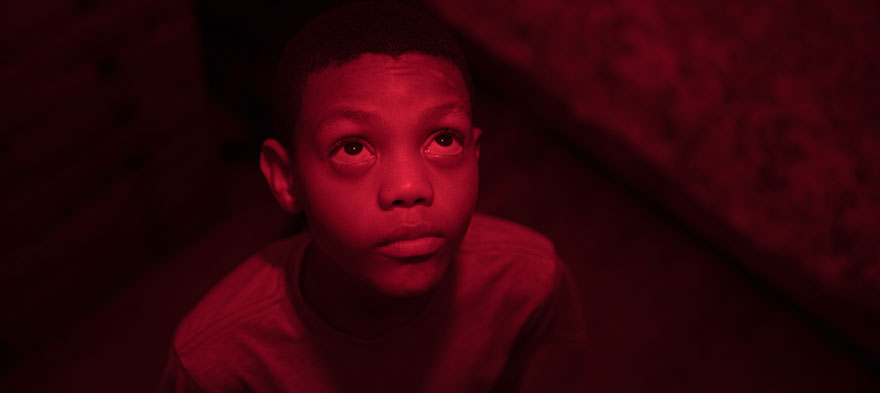
Aug 7, 2019 12:00:00 AM
With so many pressing issues that threaten our planet, our elections, and our major institutions, why do I live and breathe education activism?
For me the answer is simple. The education of America’s children isn’t one issue to be lost among many others. The intellectual development of our nation’s children is a critical precursor to a healthy society. It is the oxygen of a citizenry worthy of democracy and freedom.
Former Vice President Hubert Humphrey once said our government should be judged first by how it “treats those in the dawn of life,” the kids. That’s a smart observation that parallels the oft-told story about a greeting from the Masai tribe in Kenya who are said to open conversations by asking “eserian nakera,” or “how are the children?”
The mark of a healthy civilization is being able to honestly answer the way the Masai do when things are good: “All the children are well.”
Yet, we are not Masai.
We have just watched two nationally televised “debates” of leading presidential candidates who stepped right over the substantial challenges American students face in their growing years. To the extent these candidates had anything to say about education at all, it was fluff about funding and integration. We need to pay teachers more. Duh. Yes, we must fully fund state special education mandates. Double duh. College should be affordable. Awesome.
I’d prefer to hear our potential leaders ask and answer questions like, can our kids read? Do they have the best teachers? Do we have sufficient standards in place to show student progress or lack thereof? Is the information in our states even robust and understandable enough for everyone who is responsible for children—from parents up to governors—to answer, “How are the children?”
If not, we’re failing.
When I see a legacy civil rights organization like the NAACP of California attack charter schools on behalf of teachers unions, I want to ask them the same thing three of their more courageous branches asked: How are the Black children of California doing in school? Seven out of eight Black students there are in traditional public schools, and they happen to be the lowest-performing subgroup of that state. That problem is even more unexplainable in uber-progressive and wealthy cities like San Francisco where results for Black students are the worst in the state.
So, NAACP, how are the children?
When the president of Providence, Rhode Island’s, teachers union insinuates on Twitter that KIPP and “big box charter schools” have awful discipline practices, I want to know: How are the children in her members’ schools doing? According to the Boston Globe, “90% of students in grades three through eight aren’t doing math at grade level, and schools across the city have been plagued by crumbling ceilings, walls filled with asbestos, and rodent problems.”
So, for all you union leaders who can tell us everything that is wrong with anything that threatens your monopoly on public schools: How are the children doing who are in the care of your members?
Finally, when we ask how the children are, there is one group we can’t ignore. The bottom line is that civil rights organizations, teachers unions, teachers, schools, principals and states don’t have kids. Parents do. And it would be dishonest to say American parents are doing all they can to exercise their rights and responsibilities in the education of their offspring.
Parenting is a tough job, perhaps the toughest job if done well, but parents truly own the “how are the children” question. If the answer isn’t good, I hope there is a mirror nearby.
Schools can’t fix every social problem and school reform shouldn’t attempt to reform anything other than schools. But we must do our part in our activism and in our practice to address those things that are within the control of schools.
I’ve said that it’s time to charge the hill, plant the flag and stand up for kids. But I’m convinced that only a movement led from the front by parents and families will pressure the political class of every city and state to have a plan for its children. A plan that can be monitored by the public, one that transparently reports progress, and one that provides resources for educational interventions that work for students and their families.
And that plan better have an answer to “how are the children.” Because I’m going to keep asking it. And you should too.
An award-winning writer, speaker, and blogger, Chris Stewart is a relentless advocate for children and families. Based in outstate Minnesota, Chris is CEO of brightbeam, a nonprofit media group that runs campaigns to highlight policies and practices that support thriving kids. He was the founding Director of the African American Leadership Forum, was an elected member of the Minneapolis Board of Education, and founded and served as the CEO of Wayfinder Foundation. Above all, Chris is a serial parent, a Minecraft enthusiast, and an epic firestarter on Twitter where he has antagonized the best of them on the political left and right. You’ll often see Chris blogging at citizenstewart.com and “tweeting” under the name “Citizen Stewart.”
Few issues in education spark more tension and debate than standardized testing. Are they a tool for equity or a burden on students? A necessary check on school systems or a flawed measure of...
Charter schools are public schools with a purpose. Operating independently from traditional school districts, they're tuition-free, open to all students, and publicly funded—but with more flexibility...
Despite the benefits of a diverse teaching force, prospective teachers of color fall out of our leaky preparation pipeline at every stage: preparation, hiring, induction, and retention. Here’s what...
Ed Post is the flagship website platform of brightbeam, a 501(c3) network of education activists and influencers demanding a better education and a brighter future for every child.
© 2020-2025 brightbeam. All rights reserved.
Leave a Comment